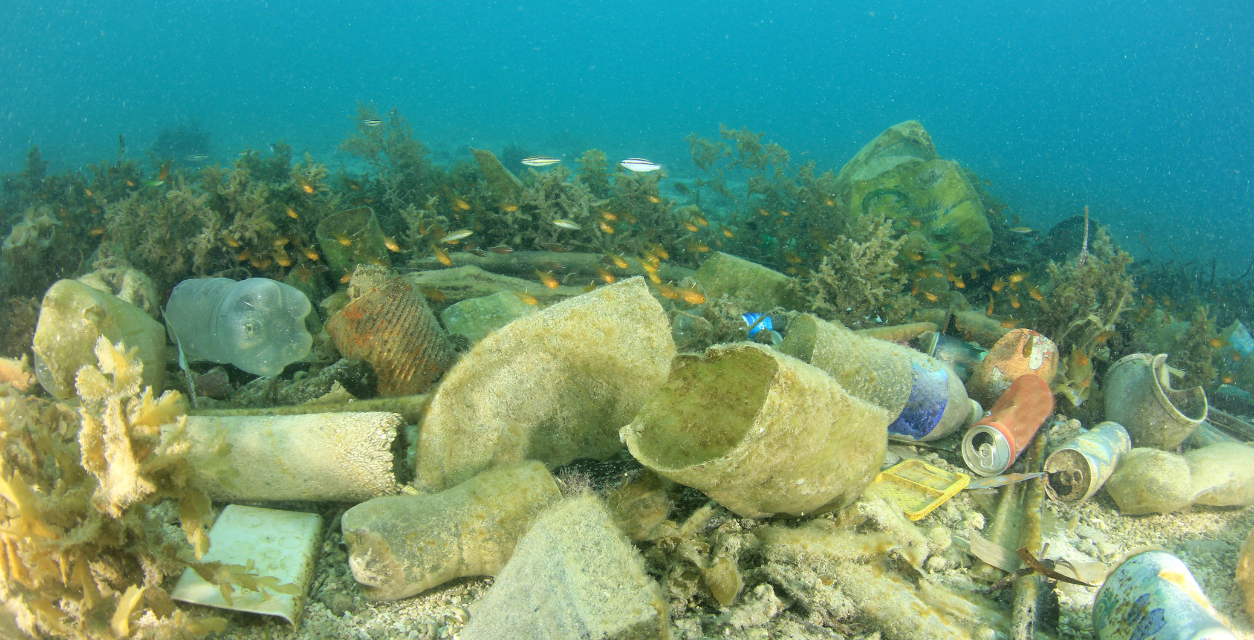Picking up bits of plastic from a white sandy beach in the Caribbean is not necessarily living the vacation dream. But it’s how I spent many mornings while on vacation.
Decisions
The experts say we make hundreds of decisions every day, mostly subconsciously. For example: Do you add salt or sugar to your food without tasting it? Are you a dipper or a spreader when getting butter out of the container? Do you accept the straw out of habit when the food server hands it to you? Those tiny little decisions we make daily (and not just about food) can make a huge difference to our impact on our health and the planet. Unfortunately, our impact on the planet will eventually make a difference to our health.
I recently spent some time in the Caribbean. During a snorkeling trip there, our biologist guide told us that everything you put in the water eventually ends up in the ocean. This gave me pause. But, then I remembered the huge island of plastic floating in the Indian ocean. In the ocean, some materials take hundreds of years to decompose. As they slowly decompose, chemicals from the plastic become part of the sea. Much of the plastic and other trash is mistaken to be food by fish, turtles and birds. But plastic and plastic byproduct ingestion is not limited to seagoing animals, we also consume them! Find more info here:
And it’s not just the big plastic that ends up in the ocean, like the bits of bottles and buckets, flotation devices and straws we found. It’s also microplastic, less than 5 mm in size (less than the size of a pencil eraser).
Did you know that most of us have some microplastic inside? Microfibers have shown up in bottled and tap water, beer and sea salt. It’s estimated that textiles produce 35% of the microplastic pollution in the world’s oceans from synthetic fibers that often come out in the wash. The fibers make their way to us in water, food and even in the air. The fluffy and fuzzy clothes you wash—think synthetic fleece—are some of the biggest shedders of tiny plastics. Currently there are no water filters certified for microplastic filtration.
What Can You Do?
Living Intentionally for the Planet
- Say no to plastic, especially single use, as often as possible. Sometimes it’s unavoidable, but in the kitchen, you can use silicone bags instead of disposable plastic, glass, stainless steel or bamboo straws instead of disposable ones. Re-use plastic bags as often as possible. Use reusable stainless-steel party cups instead of those red plastic ones. Find infinitely recyclable and reusable stainless-steel cups for sale here. Take your own containers for leftovers instead of bringing home Styrofoam.
- Always have a trash bag. After a few days of seeing all the washed-up bits of plastic in the seaweed, we began bringing a trash bag. Every day we’d pick up a few pounds of all kinds of trash, but mostly tiny pieces of brittle plastic. A lot of people watched us doing it and we noticed a few kids and adults started picking up bits here and there.
- Be more intentional by buying products with less packaging.
- Pay attention to recycling codes and choose products that have #1 or #2, which most cities recycle. Recently, a lot of food packaging that used to be recyclable #2, like yogurt containers, are now #5.
- Find ways to cut microfiber pollution from your laundry in this NY Times article.
- Definitely don’t cook or reheat in plastic. Chemicals in plastic like BPA (and its cousins, BPS and BPF) can be leached from plastic and get into your bloodstream, which can affect the immune system, early development and fertility.











